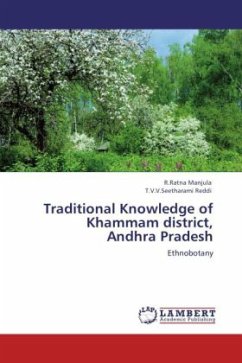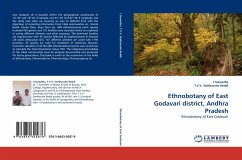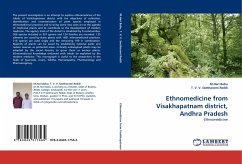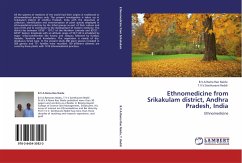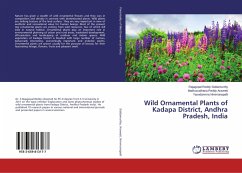Ethnobotany is the investigation of the knowledge of all phases of life amongst the primitive societies and of the effects of plant environment upon the life and customs. The present investigation is taken up in Khammam district with the objectives of an extensive and intensive exploration studies. It lies between 160 45' and 18°35' of the north latitude and 79°47' to 81047 of the east longitude with a geographical area of 16,029 Km2. It is inhabited by Gond/Naikpod, Khond Reddi, Koya, Lambada, Nayak and Lambada communities. 524 ethnobotanical plant species included 392 genera and 116 families were recorded which are exploited by the tribals in curing different human ailments and for other purposes. The ten dominant families with ethnobotanical importance are Fabaceae (32 species) followed by Euphorbiaceae (25), Mimosaceae (24), Caesalpiniaceae (20), Asteraceae (18), Apocynaceae (15), Verbenaceae (14), Asclepiadaceae, Cucurbitaceae and Malvaceae (13 each). A total of 229 ailmentsare cured with 1765 practices. The indigenous knowledge of the tribal communities must be properly documented and preserved so that their knowledge could be passed on to the future generations.
Bitte wählen Sie Ihr Anliegen aus.
Rechnungen
Retourenschein anfordern
Bestellstatus
Storno

